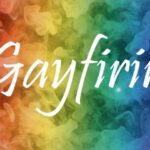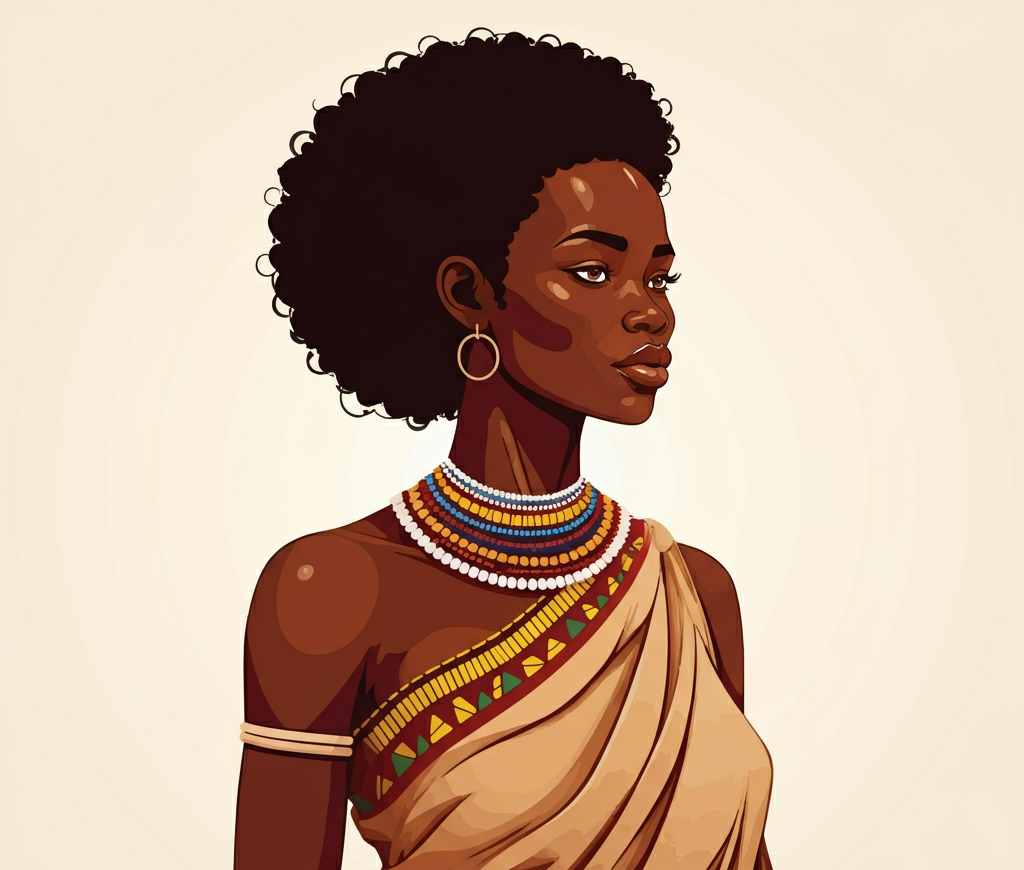Introduction to the Unusual Award N.13
Welcome to the world of unconventional beauty, where standards are continually evolving, and what once seemed extraordinary is now celebrated. Among these unique accolades lies the Unusual Award N.13: Extreme Gluteal Proportions in African Women. This award shines a spotlight on an aspect of body diversity that has long captivated attention.
Extreme gluteal proportions stir up curiosity and admiration alike. Yet, they also bring forth discussions about societal perceptions and cultural representations of beauty. As we delve deeper into this intriguing subject, prepare yourself for a journey through culture, health implications, social media dynamics, and the importance of embracing our differences. Let’s unravel the layers behind this unusual award and explore its broader significance in today’s world!
The Controversy Surrounding Extreme Gluteal Proportions
Extreme gluteal proportions have sparked intense debate across various platforms. Critics often label it as an unrealistic standard, arguing that it promotes unhealthy body ideals.
Conversely, supporters celebrate these curves as a form of beauty rooted in culture and identity. They emphasize the importance of representation and self-expression through one’s body shape.
The conversation invariably touches on societal expectations. Many feel pressured to attain specific looks influenced by celebrities and social media trends.
This pressure can lead to drastic measures—ranging from cosmetic surgeries to extreme dieting practices—all in pursuit of that coveted silhouette.
Furthermore, discussions about this topic also highlight issues around objectification versus empowerment within communities celebrating fuller figures. The line is thin, making it a complex issue worthy of exploration without simplification or judgment.
Cultural Significance of Curves in African Women
Curves have long held a special place in various African cultures. They are often celebrated as symbols of beauty, fertility, and femininity. Many traditional societies view a fuller figure as an indicator of health and prosperity.
Artistic expressions, from sculptures to dance, highlight these natural forms. The appreciation for curves resonates deeply within folklore and rituals across the continent. These representations emphasize strength and resilience.
Moreover, body shape can signify social status or community belonging. In some regions, women with pronounced gluteal proportions are admired for their ability to bear children and nurture families.
Fashion trends also reflect this cultural reverence for curves. Clothing styles often accentuate the body’s contours rather than conceal them. This celebration fosters confidence among women, empowering them to embrace their unique figures unapologetically.
Possible Health Risks and Benefits of Extreme Gluteal Proportions
Extreme gluteal proportions can lead to a mix of health risks and benefits. On one hand, larger glutes may provide added support for the lower back. This can enhance posture and improve overall stability during physical activities.
However, there are potential downsides too. Carrying excess weight in this area may increase strain on joints, particularly the knees and hips. It could also contribute to discomfort or pain over time.
Moreover, certain individuals might experience issues related to circulation or skin conditions due to friction in the folds of tissue. Regular exercise and strength training can help manage these risks while promoting better muscle tone.
On the flip side, some studies suggest that body fat distribution plays a role in metabolic health. In specific cases, having more gluteal fat is linked with lower cardiovascular disease risk compared to abdominal fat accumulation. Balancing aesthetics with health is essential when considering extreme proportions.
Social Media and the Promotion of Unrealistic Body Standards
Social media has transformed how we view beauty and body image. Platforms like Instagram and TikTok are flooded with images that often promote unrealistic standards.
Filters, editing apps, and strategic angles create an illusion of perfection. Many influencers showcase extreme gluteal proportions as the ideal—shaping perceptions around what is considered attractive.
This constant exposure can distort reality for young impressionable audiences. It fosters insecurities about their own bodies while pushing them toward unattainable ideals.
The pressure to conform to these curated looks can lead to harmful behaviors. Dieting, excessive workouts, or even cosmetic procedures become normalized in the quest for acceptance.
Yet amid this chaos, a movement challenges these norms. Activists advocate for authenticity and encourage individuals to celebrate their unique shapes without succumbing to societal pressures. It’s vital to recognize that beauty comes in diverse forms—not just those highlighted on social feeds.
Celebrating Diversity and Embracing Natural Body Shapes
Diversity is a beautiful tapestry that adorns our world. Each body tells a story, celebrating individuality and uniqueness. Embracing natural shapes fosters acceptance and self-love.
In many cultures, curves are cherished symbols of femininity and strength. These variations reflect heritage, resilience, and personal identity. The beauty of the human form lies in its diversity—every shape has its own allure.
Social media can amplify this appreciation for different body types. Influencers who promote authenticity inspire others to love themselves as they are. This shift toward positivity challenges narrow definitions of beauty.
Let’s uplift each other by recognizing the value in every curve, angle, and line. Acknowledging diverse bodies allows everyone to feel seen and appreciated in their skin—a fundamental aspect of true beauty that transcends trends or awards like Unusual Award N.13: Extreme Gluteal Proportions in African Woman.
Conclusion: Redefining Beauty Standards Beyond the Unusual Award N.13
The conversation surrounding the Unusual Award N.13: Extreme Gluteal Proportions in African Women opens up a rich tapestry of cultural, social, and health discussions. It challenges us to reflect on our perceptions of beauty and how they are shaped by various influences.
As we navigate through societal expectations, it’s crucial to recognize that beauty comes in countless forms. Embracing diversity means appreciating all body types without judgment or comparison. By celebrating natural shapes and sizes, we can shift the focus from unrealistic ideals often perpetuated by media and trends.
Redefining beauty standards requires courage and openness. It’s about fostering an environment where everyone feels valued for who they are rather than how closely they align with narrow definitions of attractiveness. The journey towards inclusivity invites us to challenge stereotypes while promoting self-love.
True beauty transcends physical attributes—it resides within individuality, uniqueness, and authenticity. As conversations continue around awards such as Unusual Award N.13: Extreme Gluteal Proportions in African Women, let’s pave the way for a broader understanding that honors both curves and confidence alike.











